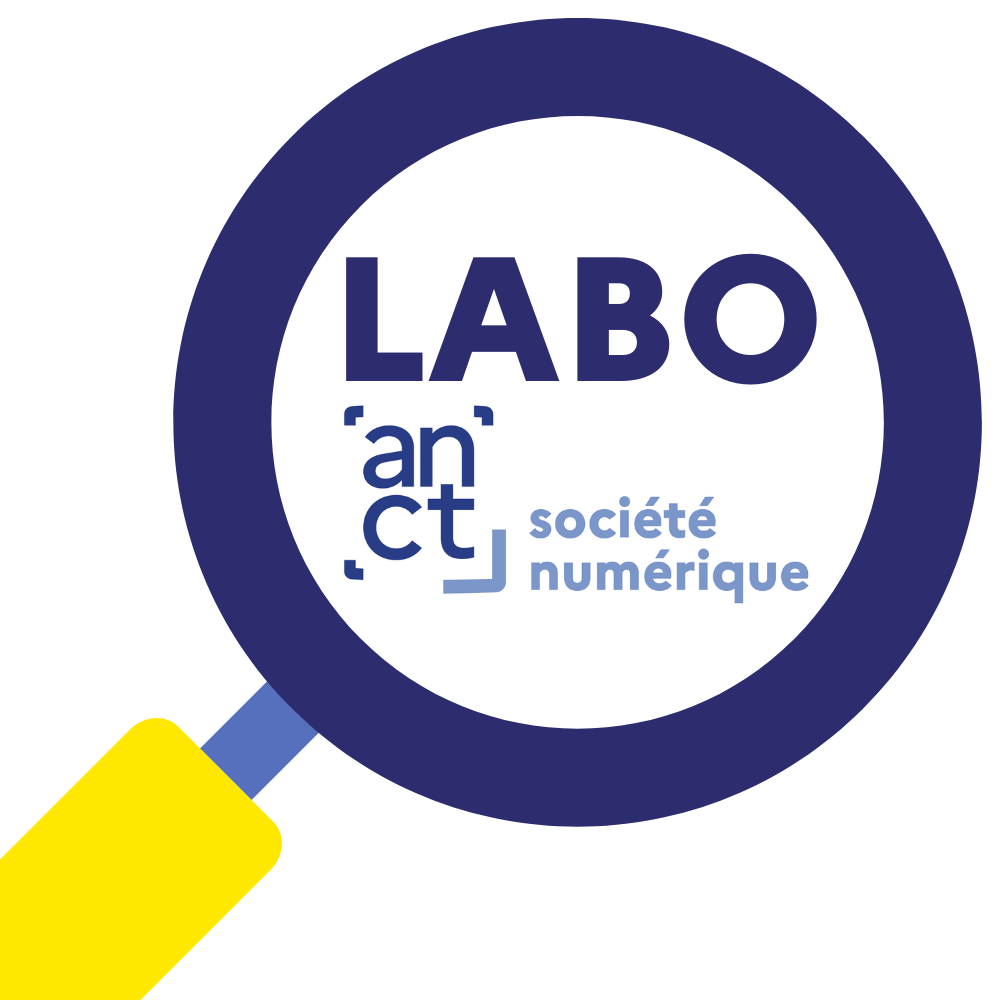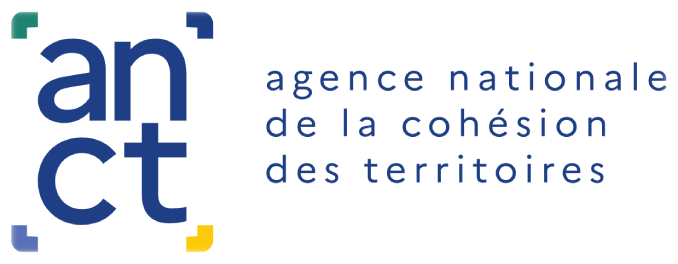Age remains, along with level of education, the main factor that comes into play in determining whether or not a person uses the Internet and digital tools."In 2008, only 26% of people over 60 years old were connected; today they are 73%. However, this movement is having a hard time reaching the elderly. Beyond the age of 70, access to the Internet becomes less frequent, especially when age is combined with other discriminating factors. Low resources, geographical or family isolation are all factors that favor digital exclusion. As a result, too many of our seniors find themselves on the bangs of society, their absence from digital networks isolating them even more," observes a recent study by the AGIRC note of AGIRC-ARRCO.
A study carried out for the Petits frères des Pauvres (dedicated to the digital exclusion of the elderly) made it possible to clarify the diagnosis. "The most excluded from the digital world are women over 80 years old, living alone, with low incomes. The feeling of exclusion is also felt by nearly a quarter of those aged 60 and over, including Internet users for whom the use can make them aware of shortcomings".
One out of two people aged 75 or over does not have Internet access at home, according to INSEE
In 2019, 15.4% of people aged 60-74 residing in France and 53.2% of people over 75 have no Internet access from home, regardless of the type of device (computer, tablet, cell phone) and connection (compared to 12% for the population as a whole).
24.1% of those aged 60-74 and 64.2% of those over 75 did not go online during the year (compared to 15% for the general population).
However, INSEE observes that the quasi-daily use of the Internet among those aged 75 or more rose from 5% to 19% between 2009 and 2019
Regarding inequalities in digital literacy, INSEE emphasizes that the level of education is, all other things being equal, more discriminating than age.
Références :
By combining the criteria of non-equipment and non-use, INSEE puts 26.7% of people aged 60-74 and 67.2% of people aged 75 and over in an illiterate situation (16.5% for the whole population).
The dematerialization of administrative and fiscal procedures worries nearly half of the people over 60 years old
According to the 2018 Digital Barometer, 48%% of people aged 60-69 say they are worried (very worried and somewhat worried) about doing paperwork online (48% in 2017).
While 72% of people aged 75 and older expressed the same sense of concern about these steps in 2017, in 2018 this would only concern 50% of them.
Référence :
Nearly half of people with illnesses or disabilities who are isolated stay in touch with their loved ones via digital means
In 2018, the Fondation de France, together with Credoc, looked at the loneliness of people declaring a disability or a chronic or long-term illness. It undertook to grasp the consequences of this situation of isolation in the various areas of life and to identify the levers that allow, despite everything, the development of a social life? Among these levers, the use of digital technology. Does it allow to limit or on the contrary to reinforce the feeling of loneliness?
To answer these questions, CREDOC surveyed 3,500 people aged 18 and over living in France, in ordinary housing or in a medico-social establishment.
The survey results clearly show this experience of a hindered social life, due to illness or disability.
52% of people with an illness or disability report that their illness or disability has a negative impact on their daily outings.
Eight out of ten isolated people affected by illness or disability report a need for help in managing their illness/disability.
74% of them rely more on healthcare professionals than on their families (63%) in case of difficulties.
In addition to physical contact, the use of digital technology is an opportunity to maintain ties with loved ones. While digital technology is sometimes a satisfactory substitute for physical contact, and "in some cases, it allows people to make new contacts, even over the long term, particularly via discussion forums," the authors of the study wonder whether the comfort offered by this practice does not, on the other hand, "contribute to locking these people into their homes.
- 40% of people reporting an illness or disability in isolation are in written contact (internet, email, etc.) with their loved ones at least several times a month.
- 44% of them are in "live" contact (by phone, Skype, etc.) at least several times a month with their loved ones, which is 24 points less than all isolated people, and 18 points less than people who say they are disabled and/or ill.
Initiatives around the digital inclusion of older people
Age remains, along with level of education, the main factor that comes into play in determining whether or not a person uses the Internet and digital tools."In 2008, only 26% of people over 60 years old were connected; today they are 73%. However, this movement is having a hard time reaching the elderly. Beyond the age of 70, access to the Internet becomes less frequent, especially when age is combined with other discriminating factors. Low resources, geographical or family isolation are all factors that favor digital exclusion. As a result, too many of our seniors find themselves on the bangs of society, their absence from digital networks isolating them even more," observes a recent study by the AGIRC note of AGIRC-ARRCO.
A study carried out for the Petits frères des Pauvres (dedicated to the digital exclusion of the elderly) made it possible to clarify the diagnosis. "The most excluded from the digital world are women over 80 years old, living alone, with low incomes. The feeling of exclusion is also felt by nearly a quarter of those aged 60 and over, including Internet users for whom the use can make them aware of shortcomings".
One out of two people aged 75 or over does not have Internet access at home, according to INSEE
In 2019, 15.4% of people aged 60-74 residing in France and 53.2% of people over 75 have no Internet access from home, regardless of the type of device (computer, tablet, cell phone) and connection (compared to 12% for the population as a whole).
24.1% of those aged 60-74 and 64.2% of those over 75 did not go online during the year (compared to 15% for the general population).
However, INSEE observes that the quasi-daily use of the Internet among those aged 75 or more rose from 5% to 19% between 2009 and 2019
Regarding inequalities in digital literacy, INSEE emphasizes that the level of education is, all other things being equal, more discriminating than age.
Références :
By combining the criteria of non-equipment and non-use, INSEE puts 26.7% of people aged 60-74 and 67.2% of people aged 75 and over in an illiterate situation (16.5% for the whole population).
The dematerialization of administrative and fiscal procedures worries nearly half of the people over 60 years old
According to the 2018 Digital Barometer, 48%% of people aged 60-69 say they are worried (very worried and somewhat worried) about doing paperwork online (48% in 2017).
While 72% of people aged 75 and older expressed the same sense of concern about these steps in 2017, in 2018 this would only concern 50% of them.
Référence :
Nearly half of people with illnesses or disabilities who are isolated stay in touch with their loved ones via digital means
In 2018, the Fondation de France, together with Credoc, looked at the loneliness of people declaring a disability or a chronic or long-term illness. It undertook to grasp the consequences of this situation of isolation in the various areas of life and to identify the levers that allow, despite everything, the development of a social life? Among these levers, the use of digital technology. Does it allow to limit or on the contrary to reinforce the feeling of loneliness?
To answer these questions, CREDOC surveyed 3,500 people aged 18 and over living in France, in ordinary housing or in a medico-social establishment.
The survey results clearly show this experience of a hindered social life, due to illness or disability.
52% of people with an illness or disability report that their illness or disability has a negative impact on their daily outings.
Eight out of ten isolated people affected by illness or disability report a need for help in managing their illness/disability.
74% of them rely more on healthcare professionals than on their families (63%) in case of difficulties.
In addition to physical contact, the use of digital technology is an opportunity to maintain ties with loved ones. While digital technology is sometimes a satisfactory substitute for physical contact, and "in some cases, it allows people to make new contacts, even over the long term, particularly via discussion forums," the authors of the study wonder whether the comfort offered by this practice does not, on the other hand, "contribute to locking these people into their homes.
- 40% of people reporting an illness or disability in isolation are in written contact (internet, email, etc.) with their loved ones at least several times a month.
- 44% of them are in "live" contact (by phone, Skype, etc.) at least several times a month with their loved ones, which is 24 points less than all isolated people, and 18 points less than people who say they are disabled and/or ill.





